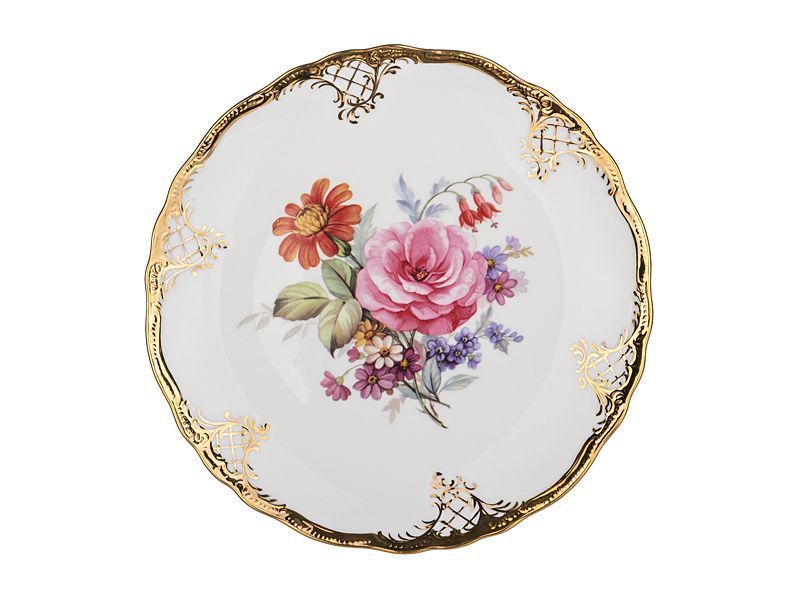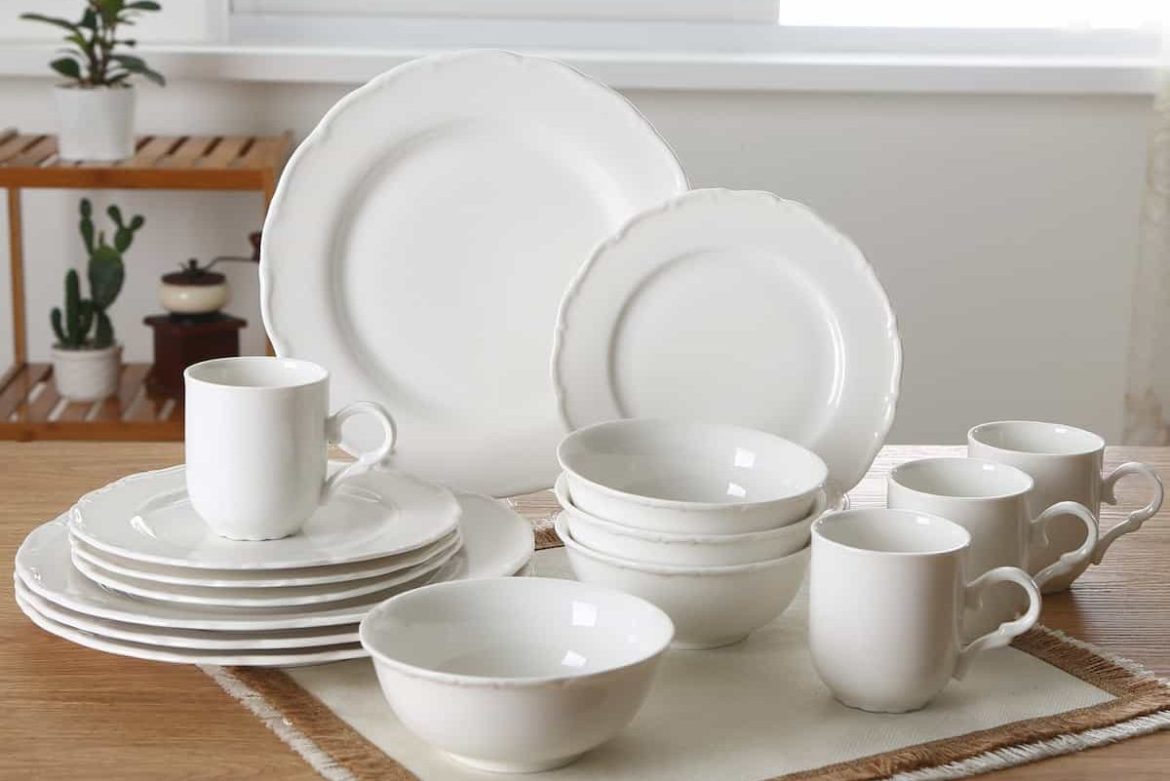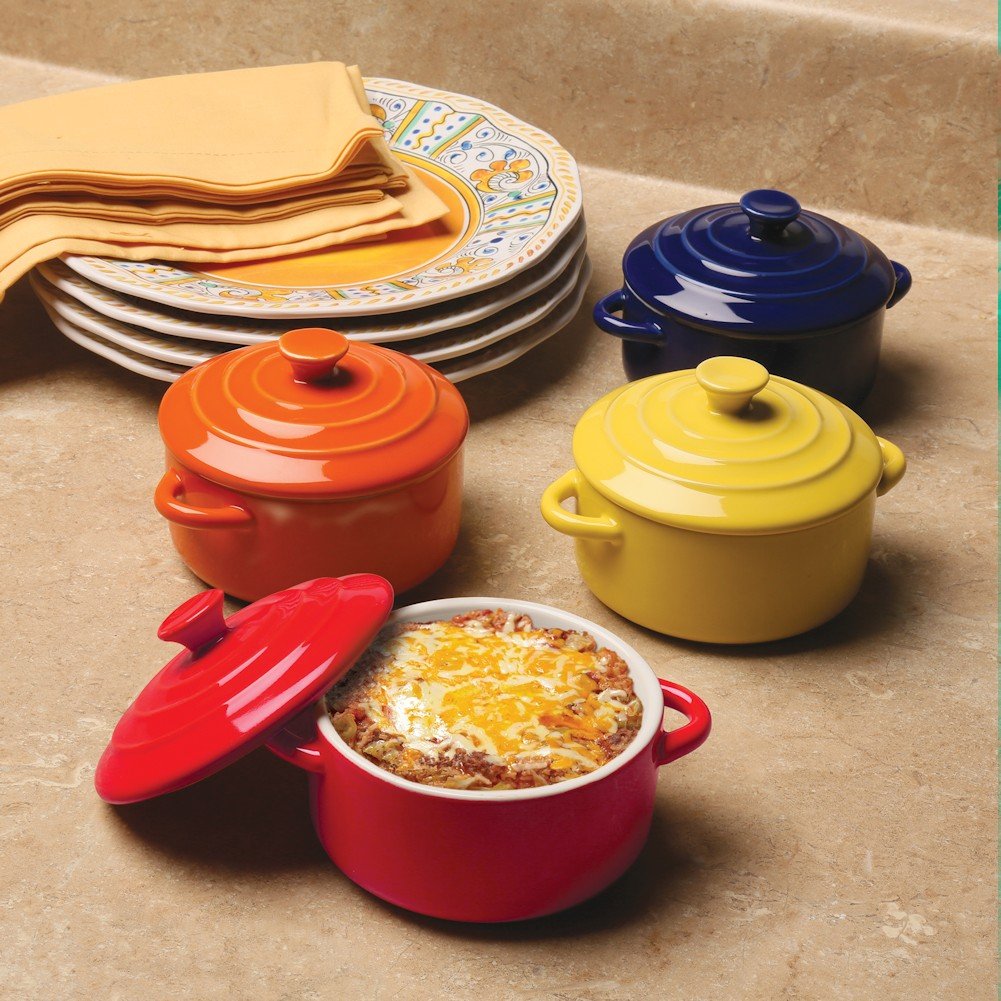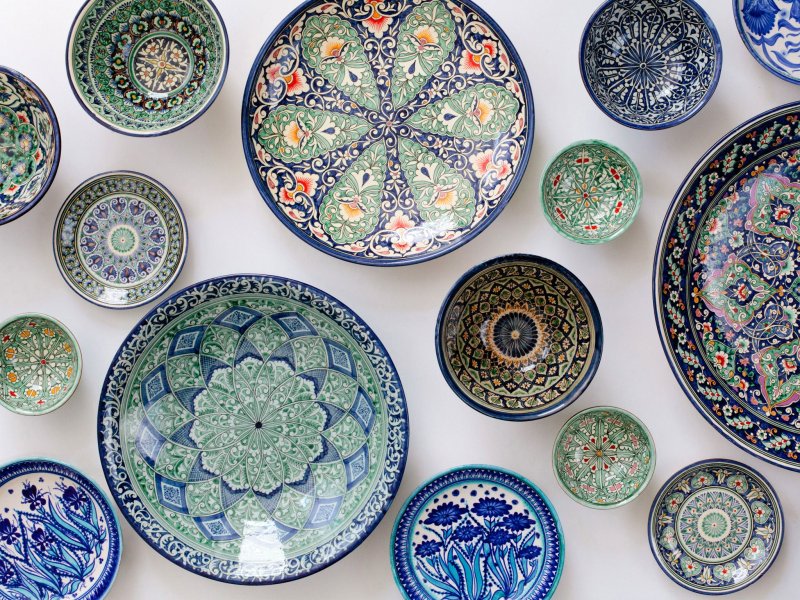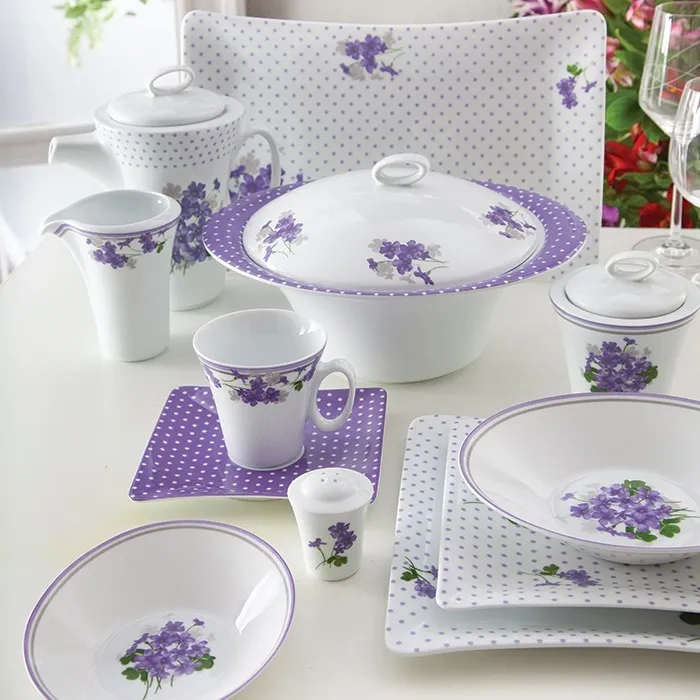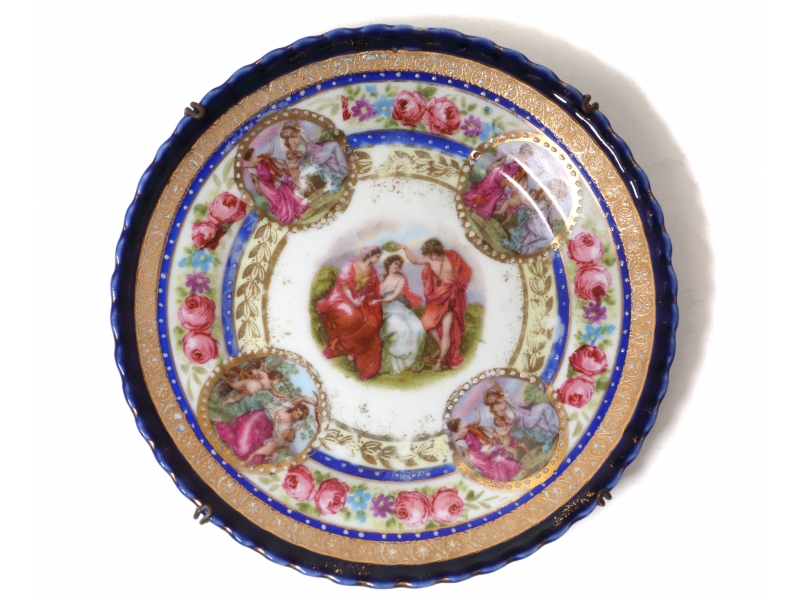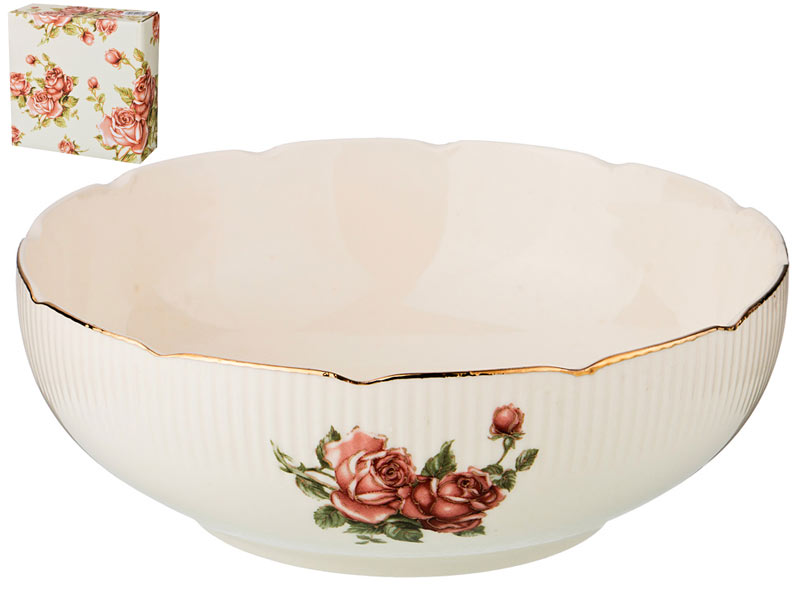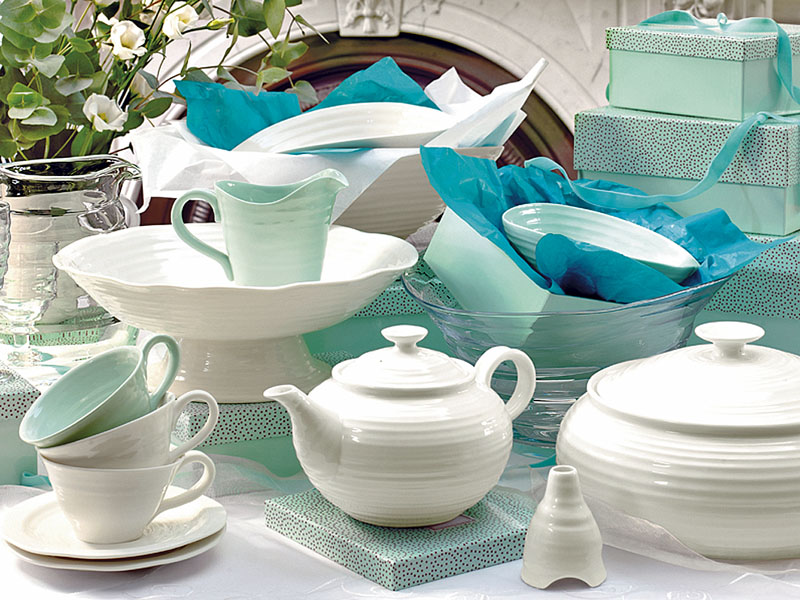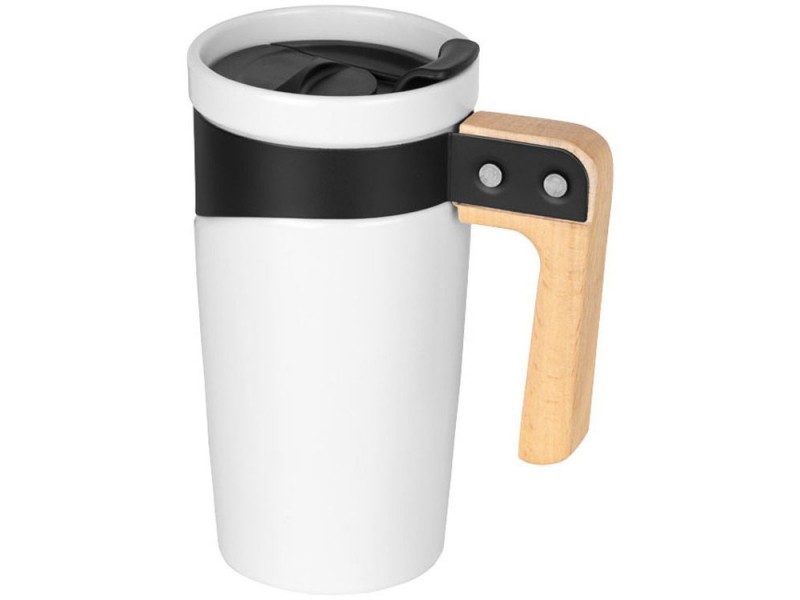A Comparative Analysis: Porcelain vs Ceramic Plates
Introduction:
In the world of tableware, porcelain and ceramic plates are two popular choices that bring both functionality and aesthetic appeal to our dining experiences. While they may appear similar at first glance, these two types of plates have distinct differences when it comes to their composition, durability, appearance, and cost. In this article, we will delve into a comparative analysis of porcelain and ceramic plates to help you make an informed decision when selecting the ideal tableware for your needs.
Composition:
Porcelain plates are made using a combination of kaolin clay and petunse, a type of feldspar. The unique process of firing porcelain at extremely high temperatures results in a dense, hard material that possesses a delicate and translucent quality. On the other hand, ceramic plates are typically crafted from a mixture of clay, minerals, and water. This blend is shaped and fired at lower temperatures than porcelain, resulting in a more porous and less refined material.
Durability:
One of the key differences between porcelain and ceramic plates lies in their durability. Porcelain, with its high firing temperature, results in a material that is harder and less porous than ceramic. This quality makes porcelain plates more resistant to chipping, scratching, and breaking. Additionally, their non-porous surface prevents the accumulation of bacteria or stains, making them highly suitable for regular use. In contrast, ceramic plates are comparatively more prone to chipping and may be less durable in the long run.
Appearance:
In terms of aesthetics, porcelain plates are often regarded as the epitome of elegance due to their delicate and smoothly finished appearance. The unique firing process not only gives porcelain a characteristic translucency but also allows it to achieve a wider range of intricate designs and patterns. Ceramic plates, while offering versatility in terms of design, tend to have a more rustic and casual appeal. They are often hand-painted or come in various colorful glazes, making them a popular choice for more informal dining occasions.
Heat Retention:
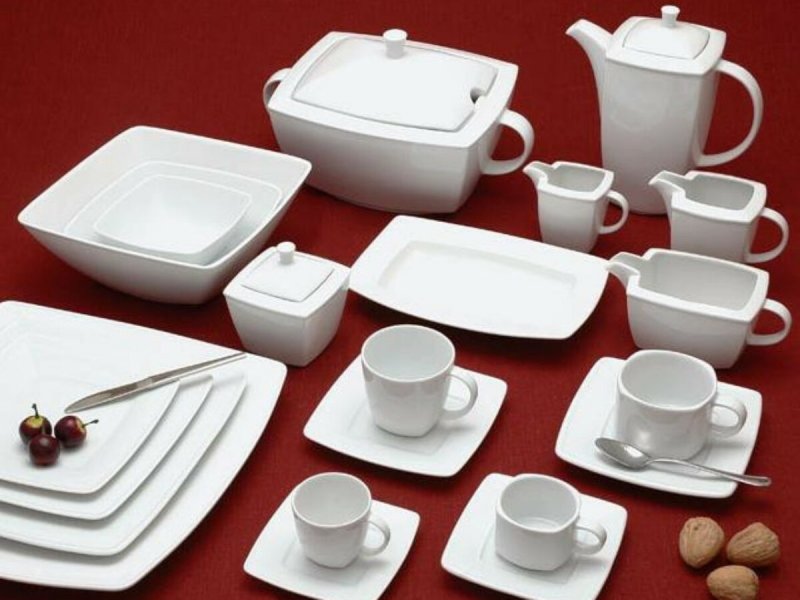
Another factor to consider when comparing porcelain and ceramic plates is their heat-retaining capabilities. Porcelain plates excel at retaining heat, allowing your food to stay warm for longer periods. This makes them highly suitable for serving dishes that are intended to be enjoyed hot, such as soups or stews. Ceramic plates, on the other hand, have a lower heat retention capacity, which makes them better suited for cold or room temperature dishes.
Weight:
When it comes to weight, porcelain plates are typically lighter than ceramic plates. This characteristic makes them easier to handle and more suitable for fine dining settings where multiple courses are served. Ceramic plates, with their heavier construction, provide a more substantial feel and are better suited for casual dining occasions.
Maintenance:
Porcelain and ceramic plates have different maintenance requirements. Porcelain plates, due to their non-porous nature, are easier to clean and are more resistant to staining. They can often be safely washed in a dishwasher without the risk of fading or damage. Ceramic plates, however, are more porous and can absorb liquids more easily. This can lead to staining or an alteration of their appearance over time. Therefore, it is recommended to hand wash ceramic plates or use a gentle dishwasher cycle to prolong their lifespan.
Cost:
While cost may vary depending on brand, design, and quality, porcelain plates generally tend to be more expensive than ceramic plates. The higher cost reflects the premium quality, durability, and refined appearance that porcelain offers. Ceramic plates, on the other hand, are more affordable and provide a wide range of options suitable for various budgets.
Conclusion:
When selecting between porcelain and ceramic plates, it is important to consider factors such as durability, appearance, heat retention, weight, maintenance, and cost. Porcelain plates, with their delicacy, durability, and elegance, are ideal for formal occasions and those seeking a refined look. Ceramic plates, with their casual charm, versatility, and affordability, are well-suited for everyday use and more relaxed dining experiences. Ultimately, the choice between porcelain and ceramic plates comes down to personal preference, intended use, and individual style.Porcelain vs Ceramic Plates: Making the Right Choice for Your Business
Heading 1: Understanding the Market Demand
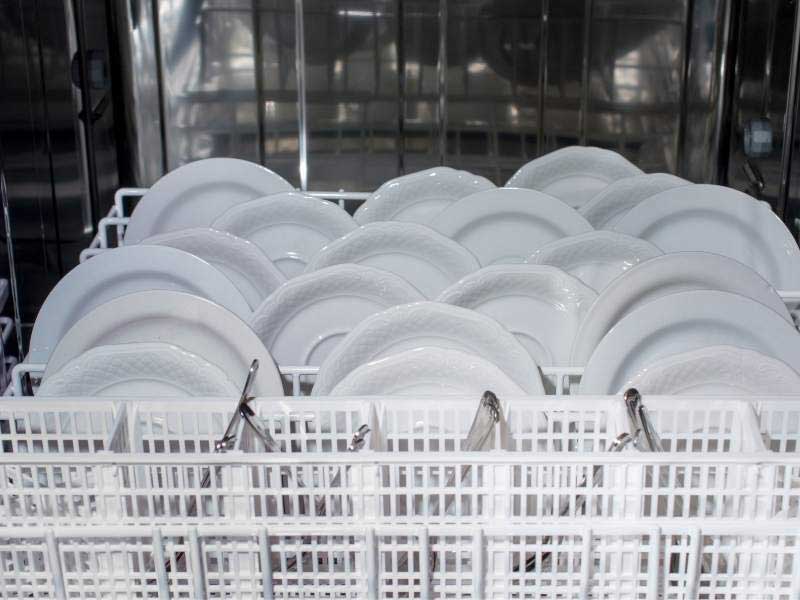
To make an informed decision for your business, it is crucial to understand the market demand for different types of plates. Porcelain plates are highly sought after in upscale restaurants and fine dining establishments due to their elegant appearance and superior quality. These establishments often prioritize the aesthetics and luxurious dining experience that porcelain plates bring to the table. On the other hand, ceramic plates cater to a broader market, including casual dining restaurants, cafes, and home use. Their versatility, affordability, and wide range of designs make them a popular choice for establishments seeking a more relaxed and approachable ambiance.
Heading 2: Catering to Various Dining Occasions
Considering the type of establishment you operate and the dining experience you aim to offer can help guide your decision between porcelain and ceramic plates. If your business caters to formal events or requires a sophisticated presentation, porcelain plates may be the ideal choice. Their delicate appearance and refined craftsmanship can elevate the dining experience and create an impression of elegance and luxury. However, if your business focuses on casual dining or daily use, ceramic plates are a practical and cost-effective option that can withstand regular wear and tear.
Heading 3: Cost Considerations for Your Business Budget
Cost is an important factor to consider when selecting tableware for your business. Porcelain plates, with their premium quality and intricate designs, often come with a higher price tag. If your budget allows for the investment, porcelain plates can contribute to a high-end dining experience and leave a lasting impression on your customers. Ceramic plates, on the other hand, offer a more affordable option without compromising on versatility and quality. They can be an excellent choice for businesses working within tight budget constraints or those seeking to provide a more accessible dining experience.
Heading 4: Prioritizing Durability and Longevity
The durability of tableware is crucial in a restaurant or foodservice establishment, where plates may face frequent use and handling. Porcelain plates, known for their strength and resistance to chipping and breaking, are the preferred choice in establishments that prioritize longevity. Their non-porous surface also makes them easier to clean and maintain, ensuring they stay in excellent condition over the long term. While ceramic plates may be more prone to chipping, they can still serve well in establishments with lower volume or more casual dining settings where their rustic charm and affordability outweigh these concerns.
Heading 5: The Importance of Aesthetics and Presentation
The presentation of food plays a significant role in the dining experience, and the choice of plates can greatly impact how dishes are perceived. Porcelain plates, with their delicate and refined appearance, can enhance the visual appeal of dishes, elevating the overall dining experience. Their translucent quality allows the vibrant colors and textures of the food to shine, adding an element of elegance to the presentation. Ceramic plates, with their versatility and wide range of designs, offer the opportunity to create a more varied and playful aesthetic. They can be used to complement different types of cuisines and add a touch of personality to the dining experience.
Heading 6: Considering Maintenance and Cleaning Efficiencies
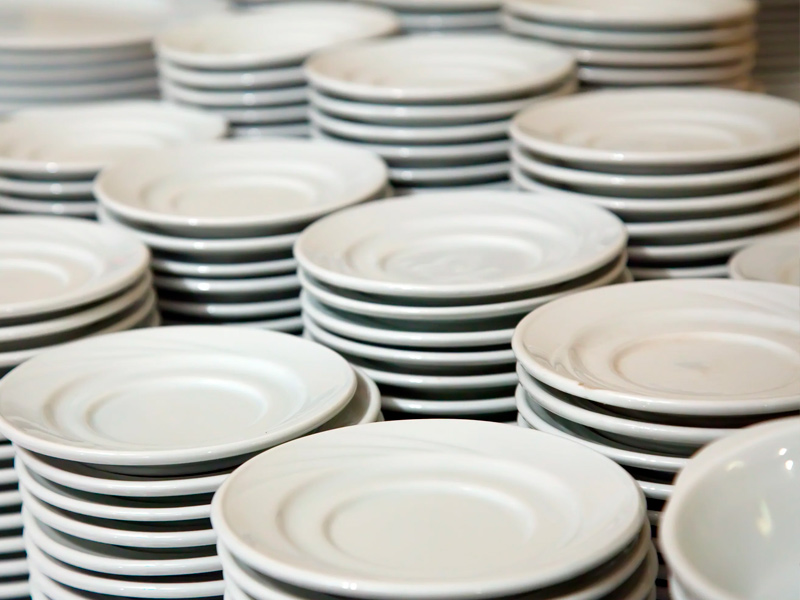
In a busy restaurant environment, ease of maintenance and cleaning is crucial for operational efficiency. Porcelain plates, with their non-porous surface, are easy to clean and are more resistant to staining compared to ceramic plates. They can often be safely washed in a dishwasher without losing their luster or durability. Ceramic plates, however, require more attention due to their porous nature. Hand washing or using a gentle dishwasher cycle is recommended to prevent staining or discoloration. It is important to consider your establishment’s cleaning protocols and resources when deciding between porcelain and ceramic plates.
Heading 7: Ergonomics and Handling Ease
The ergonomics and handling of tableware are essential considerations, especially for businesses that serve multiple courses or require extensive use of plates. Porcelain plates, being lighter in weight, are easier to handle and offer greater comfort for servers and diners. Their delicate nature and refined craftsmanship allow for a more effortless dining experience, particularly in upscale establishments. Ceramic plates, with their heavier construction, provide a more substantial feel and may be preferred in situations where a more rustic or casual ambiance is desired.
Heading 8: Considering Environmental Impact
In recent years, there has been a growing emphasis on sustainability and eco-friendly practices in the foodservice industry. Porcelain plates, being highly durable and long-lasting, contribute to reducing waste as they do not need frequent replacement. Additionally, the firing process used to create porcelain plates generally consumes less energy compared to ceramic production. However, ceramic plates can also be a sustainable option if sourced from manufacturers that prioritize sustainable practices and materials.
Heading 9: Branding and Customization Opportunities
For businesses that value branding and customization, both porcelain and ceramic plates offer opportunities for personalization. Porcelain plates, with their ability to achieve intricate designs and patterns, can be custom-made to incorporate your business logo or unique motifs. This can help reinforce brand identity and create a distinctive dining experience. Ceramic plates, with their versatile glazes and hand-painted designs, also offer possibilities for customization and allow for a more artisanal touch.
Heading 10: Balancing Tradition and Modern Trends
Finally, the choice between porcelain and ceramic plates can also be influenced by tradition and cultural preferences. Porcelain has a long-standing history and is often associated with elegance and sophistication. If your establishment aims to embrace tradition or caters to a clientele that values heritage, porcelain plates may be the preferred choice. On the other hand, ceramic plates can provide a more contemporary and diverse appeal, allowing for the incorporation of modern trends and artistic expression within your dining offerings.
Conclusion:
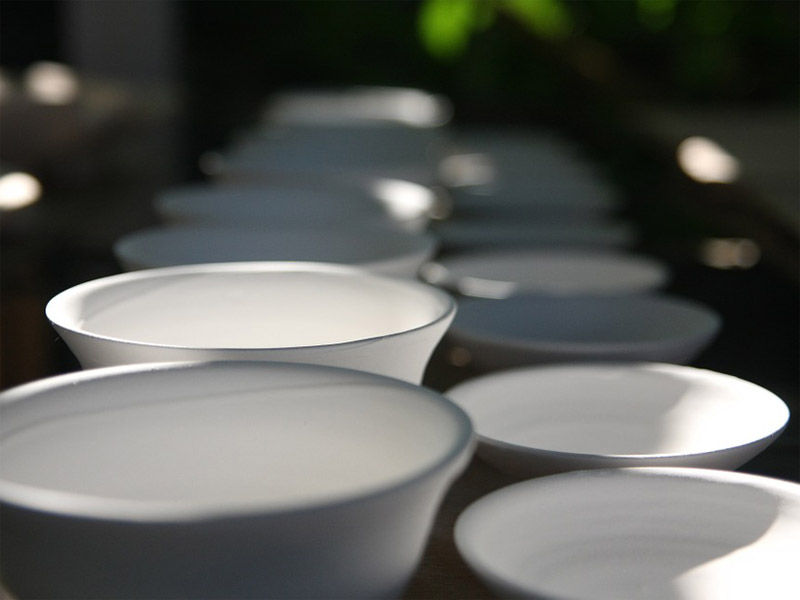
Selecting the right type of plates for your business requires careful consideration of various factors, including market demand, appearance, durability, cost, maintenance, and operational needs. Porcelain plates offer elegance, durability, and a refined aesthetic suitable for formal dining occasions, while ceramic plates provide versatility, affordability, and a more casual appeal. Ultimately, your decision should align with your business vision, target audience, and the overall dining experience you aim to create. By understanding the unique qualities of each material, you can make an informed choice that enhances both the visual presentation of your dishes and the overall customer experience.
